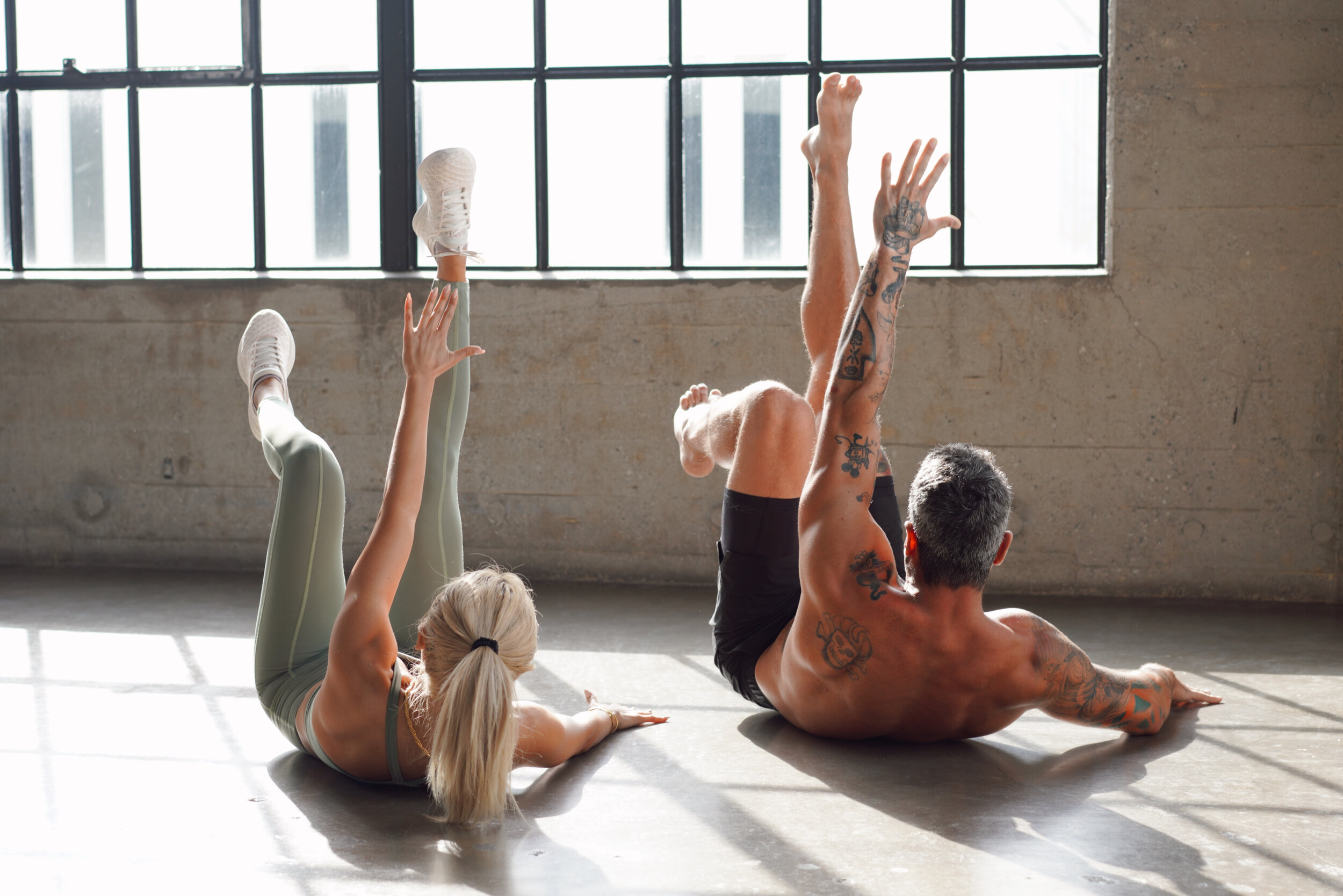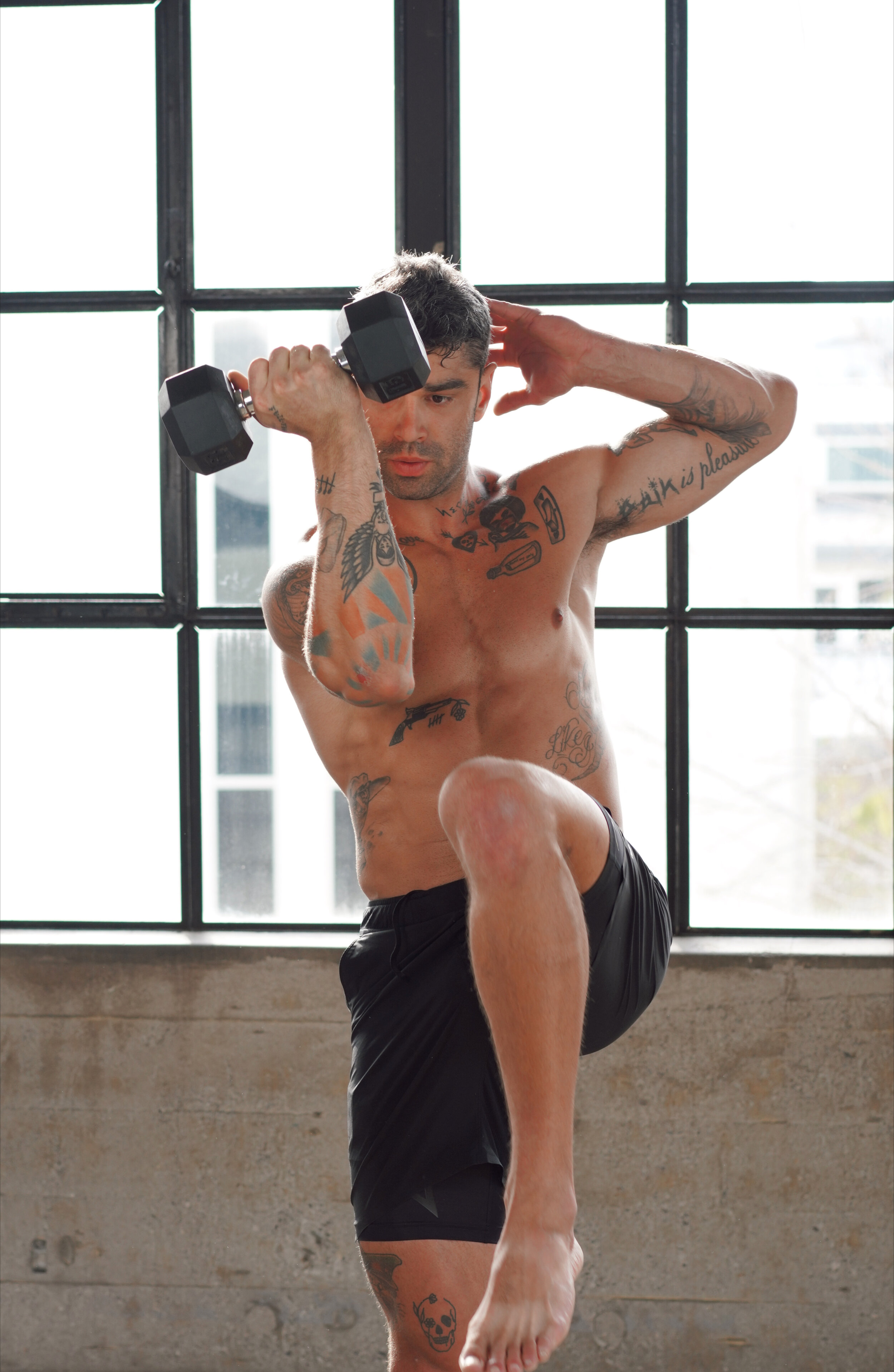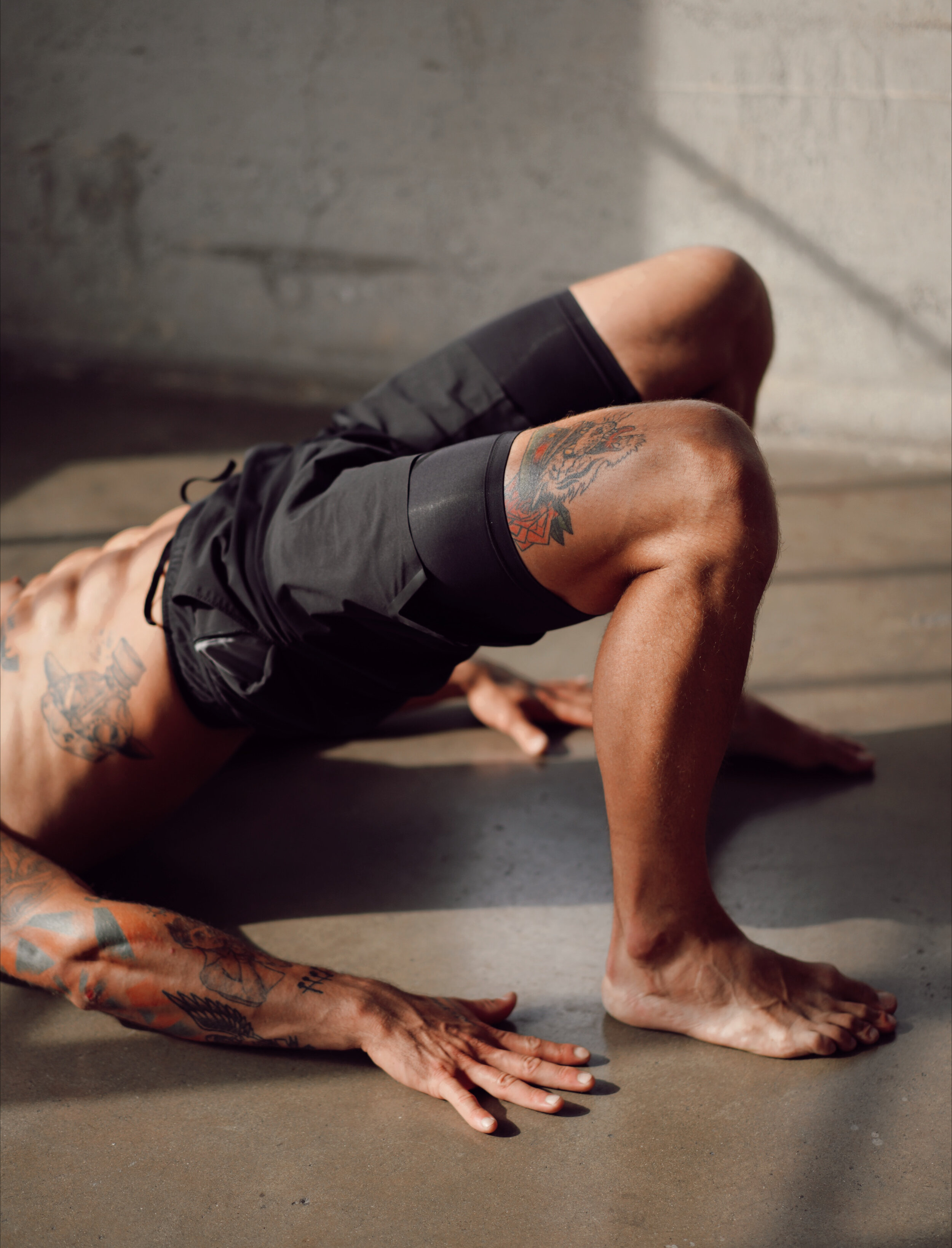The Difference Between Athletes and Enthusiasts
Everyone always wants to know what the secret sauce is when they see athletes that seem to look incredible and stay fit year after year.
There is no amount of supplements in the world that will help you achieve the results that athletes have accomplished. We all know that you have to eat right and train consistently to get results. Exercise enthusiasts, or amateurs, can do that... It is the mindset and training approach that make athletes a completely different breed from ‘exercise enthusiasts.’
By learning and staying curious, and investing in the details of how we train like athletes, we can remain dedicated to the long-term pursuit of health and fitness. Use these tips below to think and train more like an athlete!
1. Prime with Purpose
Do you warm up thoroughly, or do you skip it or sleepwalk through? If warmups are an afterthought and lack focus, you’re simply wasting 10-15 minutes of your precious time. Athletes don't skip warm-ups.
A solid warmup will increase meaningful movement, volume, and energy expenditure. When you adequately prepare the body and mind for a productive training session, you will get more bang (activation) from your bucks (movements).
2. Progress is More Than Increasing Weight
Athletes arrive mentally and physically with a goal of doing 1% better than the week prior- but that view is NOT limited to just the weight(s) lifted. Progression in training is a system of tools that helps us move closer to our goals.
Are you able to master more and more complex exercises over time by improving your motor control and skill?
Can you accomplish the same work volume as last week with fewer or shorter rest periods?
Can you make measurable increases to your total repetition count from week to week showing your increased capacity and progression?
This is exactly how we train at HōmeBodies and how we calibrate fitness levels week in and week out with the same “light” dumbbells.
3. Appreciate Control Points
The art of the CONTROL POINT is knowing when to pull back in order to pace yourself. It gets you to slow down and control your effort in order to make progress, and ultimately avoid burnout. Athletes embrace the control points instead of trying to empty the tank in every-single-time.
Welcome rest periods, adhere strictly to tempos, don’t go 100% when 85% is called for, and carefully consider the value of doing “extra” - and see how good you can feel.
Because when we feel better, we move better, & when we move better, we feel better.
4. Remove Ego
Ego is the enemy. Ego is for enthusiasts.Chasing EGO in the fitness world is the fast track to foolish injury, burnout, and plateaus. Athletes place a high degree of emphasis on execution and quality.Quality over quantity is how we keep the ego at bay - and find joy in training well past our physical peak.
5. Condition for More Than Just Intensity
Higher heart rate, move faster, race the clock, beat everyone else, make it hurt, no pain no gain - said the enthusiasts....
The best endurance athletes in the world put in a ton of time at lower efforts. For the Athlete, sustainable metabolic conditioning work is a STAPLE. Behind every conditioning workout is an intention - not solely to practice intensity, but to build capacity and to maintain longevity. An exercise enthusiast brags about their one fast time, or one really hard workout. We aim to SUSTAIN, we aim to REPEAT, we aim for CONSISTENCY - we don't aim for suffering.
6. Change Up Common Movement Patterns
Athletes don't stop at the basic lunge, squat, deadlift, push, pull, press etc…
We explore rotational movements, unilateral movements, and movement complexes that combine multiple planes. The added strength, stability, and resilience gained will translate to better athleticism in life. These evolutions help your brain and body adapt more quickly for real life like picking a slippery kid up out of the tub --- or carry groceries 6 blocks to the car uphill, digging a hole in the front yard, or carrying a cooler while walking on the sand.
About 25-40% of our training in HōmeBodies explores movements that take us out of these most common patterns into other territory that not only adds variety, but crosses over to other sports and functional tasks in life.







